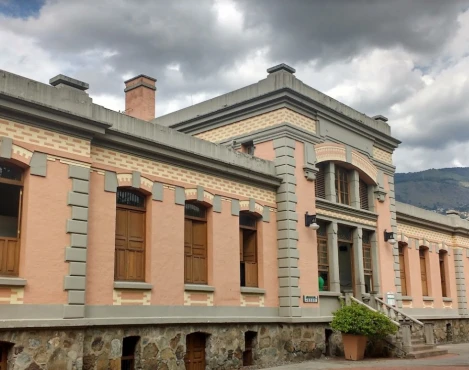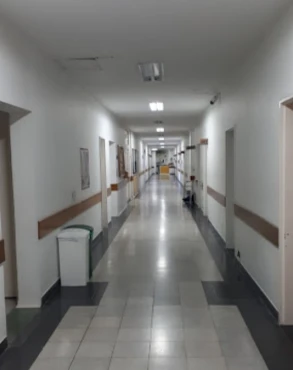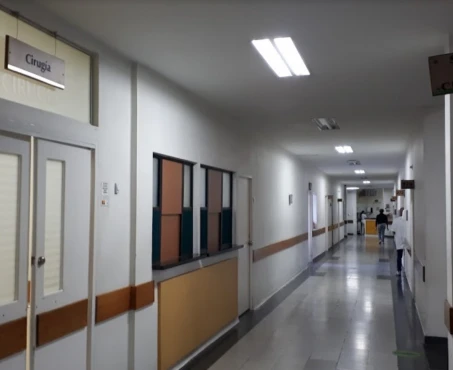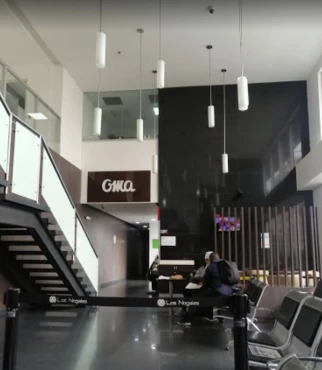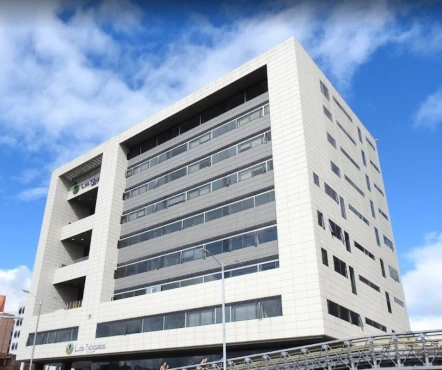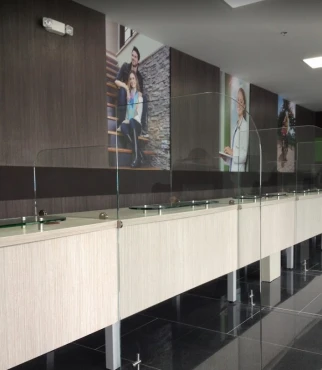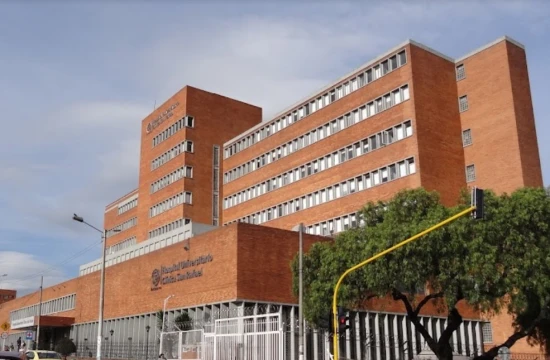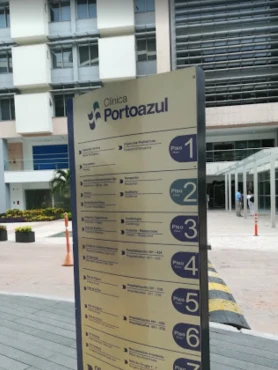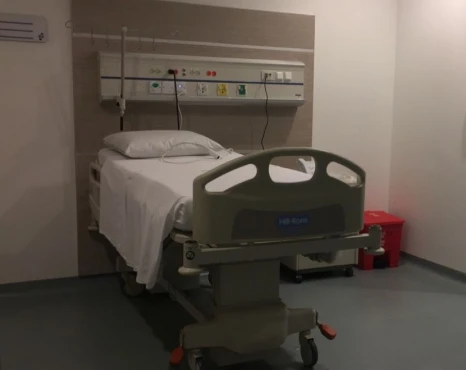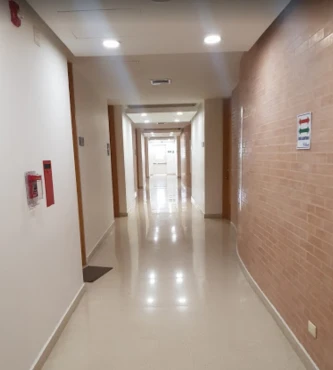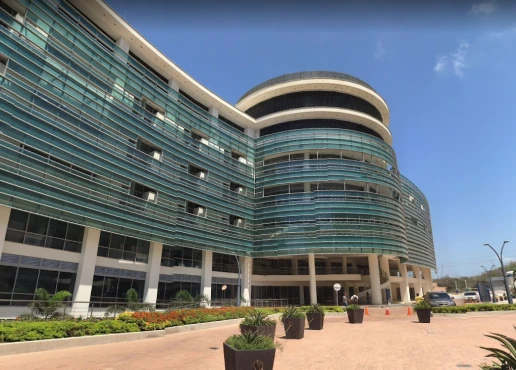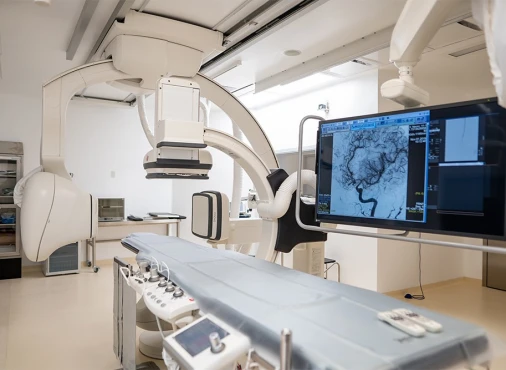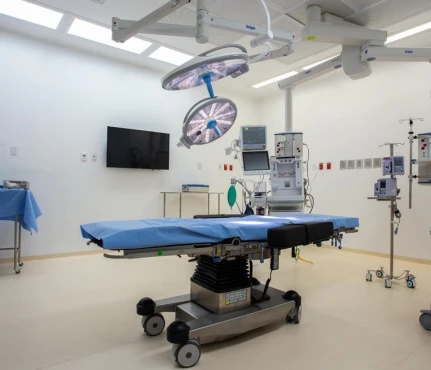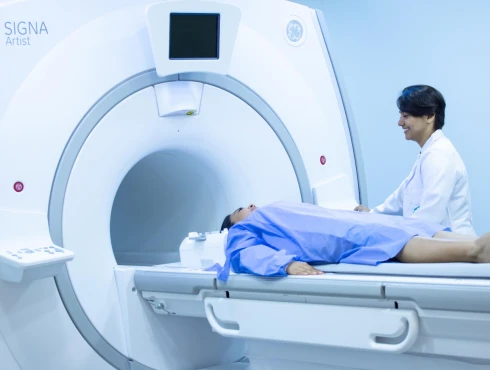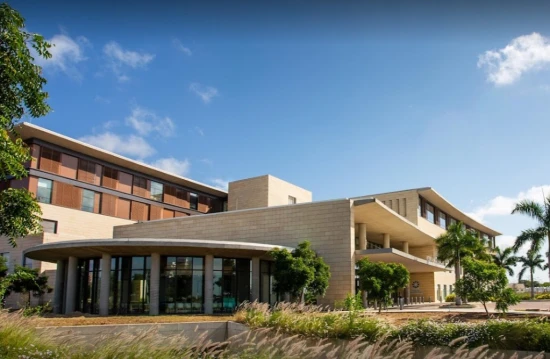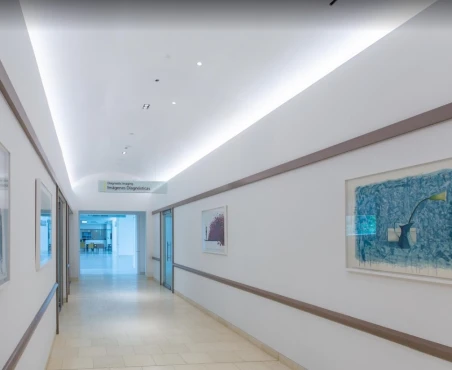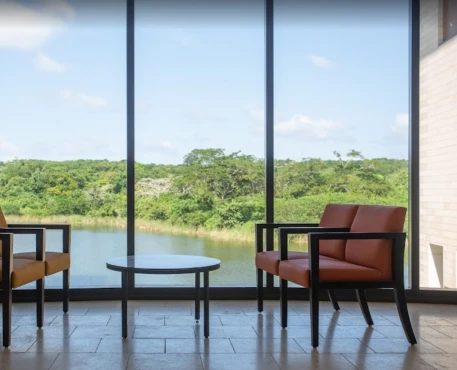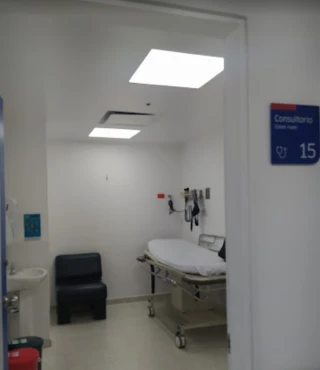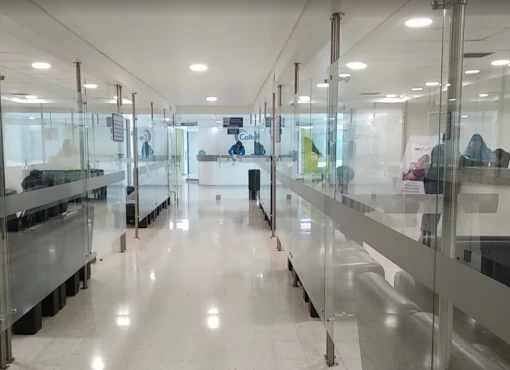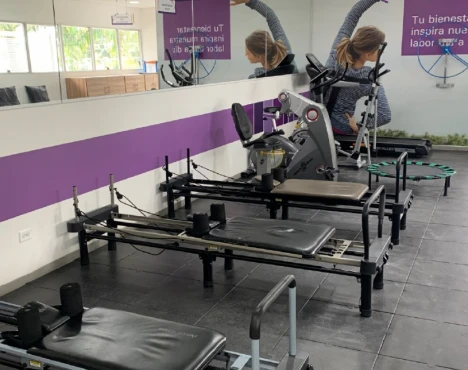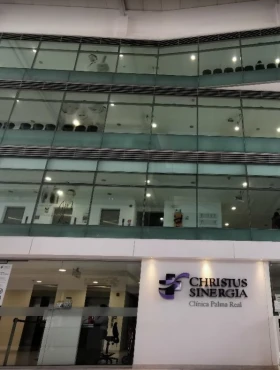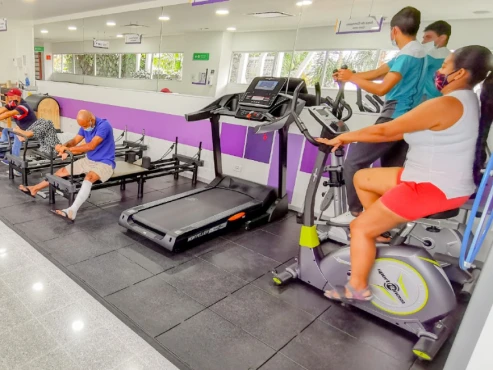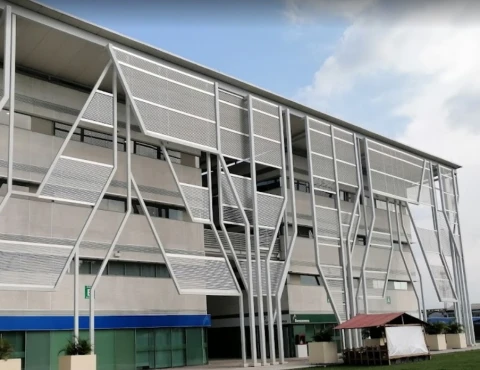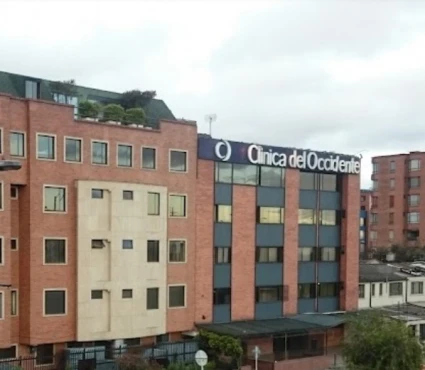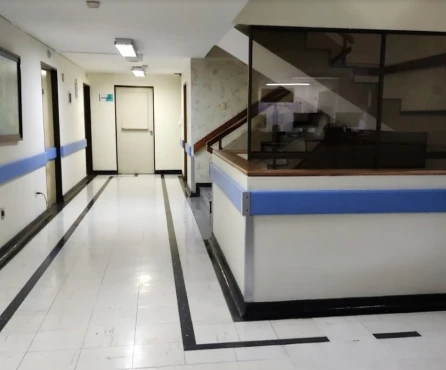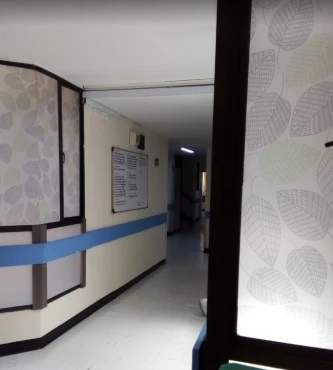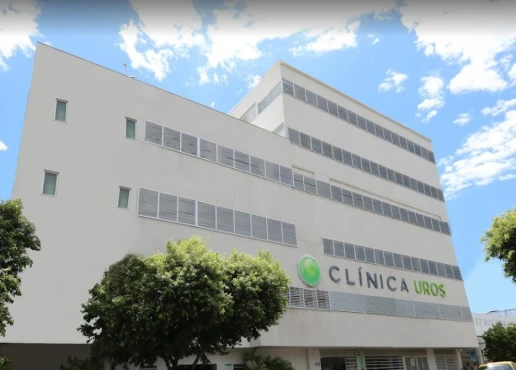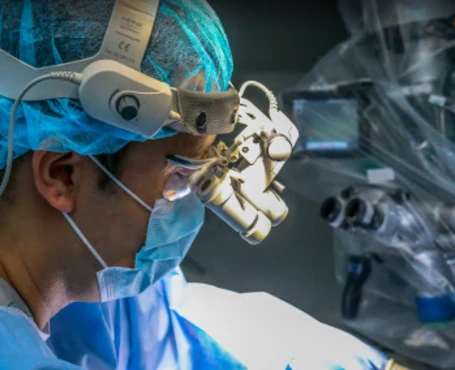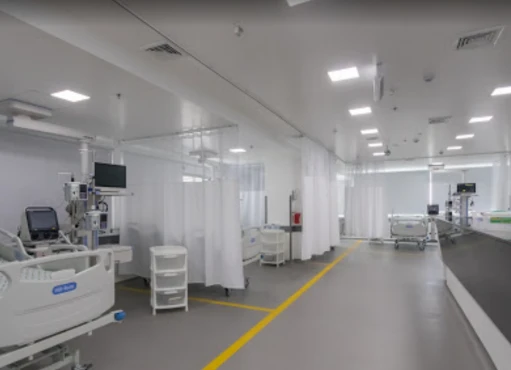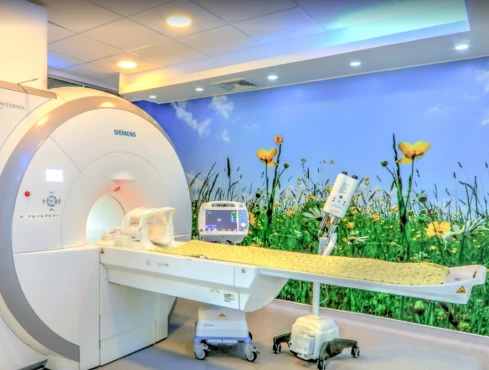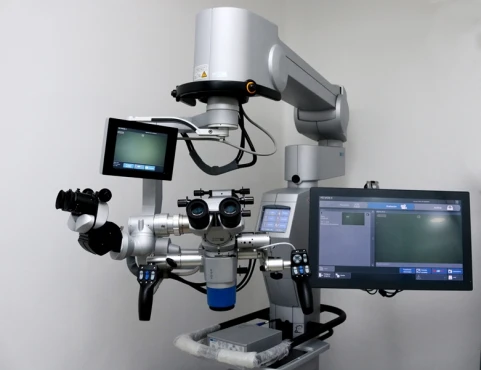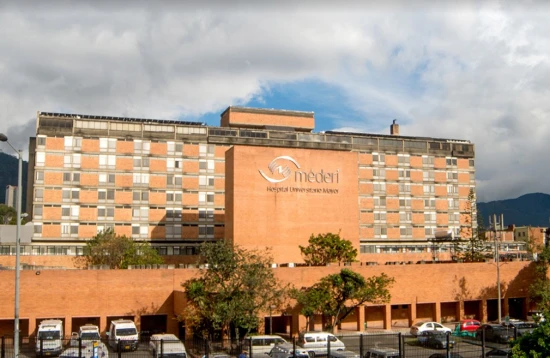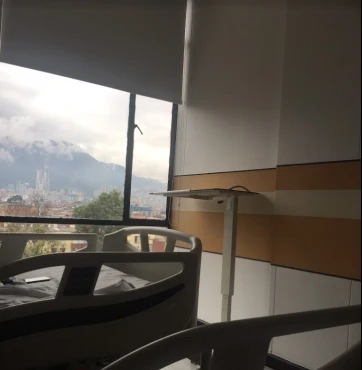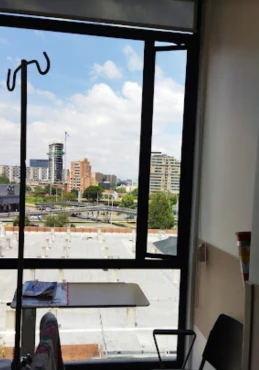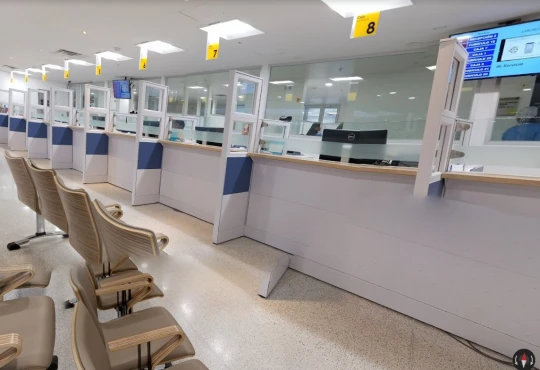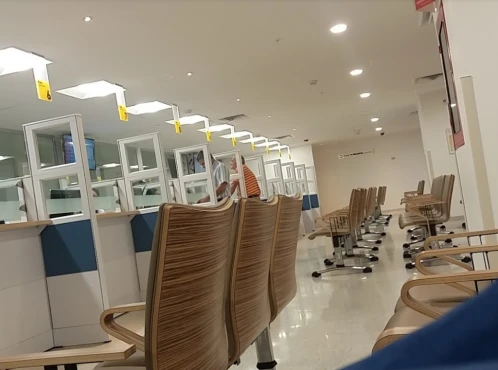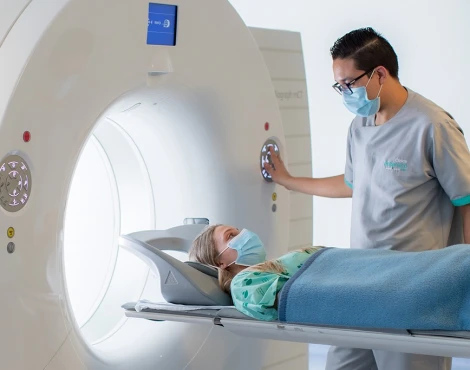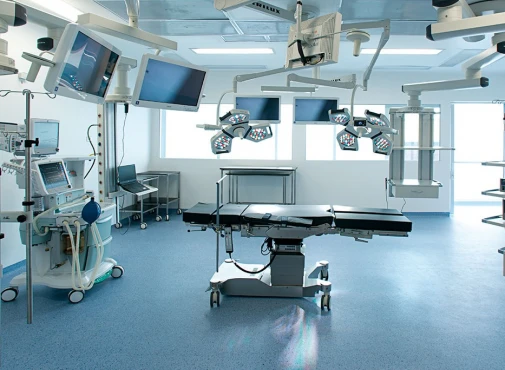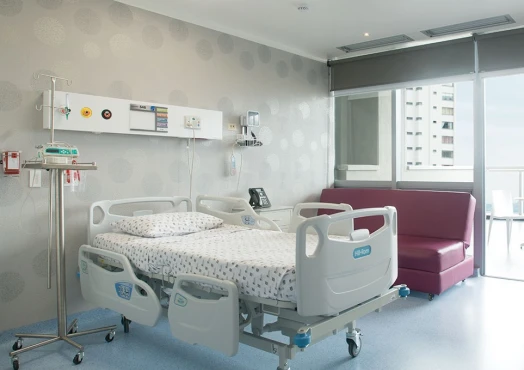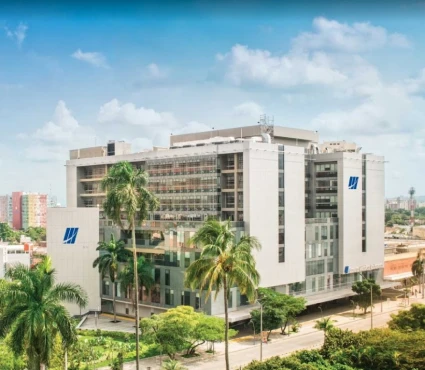Heart failure treatment in 31 Cardiac surgery clinics in Colombia
31 clinics specializing in Cardiac surgery providing treatment of Heart failure Heart failure is a chronic condition where the heart cannot pump blood effectively to meet the body's needs. It results in symptoms such as shortness of breath, fatigue, fluid retention, and reduced exercise tolerance. disease in Colombia.
Barranquilla · 3
Bogota · 11
Cali · 3
Cartagena · 1
Envigado · 1
Ibagué · 1
Maicao · 1
Manizales · 1
Medellín · 2
Neiva · 1
Palmira · 2
Puerto Colombia · 1
Rionegro · 1
Santa Marta · 1
Villavicencio · 1
You can select a specific city
Barranquilla · 3
Bogota · 11
Cali · 3
Cartagena · 1
Envigado · 1
Ibagué · 1
Maicao · 1
Manizales · 1
Medellín · 2
Neiva · 1
Palmira · 2
Puerto Colombia · 1
Rionegro · 1
Santa Marta · 1
Villavicencio · 1
Sorted by:
Relevance
Rating
Relevance
Prices for popular procedures:
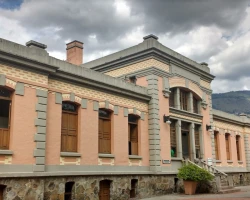
Medellín, Colombia
Specializations: Cardiac surgery, Vascular surgery, Thoracic surgery, Neurosurgery, Spine surgery, Orthopedic surgery, Oncology
More than one hundred years of history and medical advances highlight the Hospital San Vicente Fundación in Colombia and Latin America, which, supported by its
read more
Prices for popular procedures:
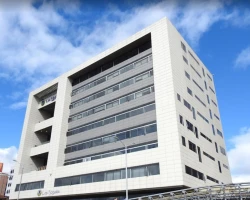
Bogota, Colombia
Specializations: Cardiac surgery, Vascular surgery, Thoracic surgery, Neurosurgery, Spine surgery, Orthopedic surgery, Oncology
We are a new model of comprehensive health care, backed by a differential human team that works together with the best quality and comfort standards
read more
Prices for popular procedures:

Bogota, Colombia
Specializations: Cardiac surgery, Vascular surgery, Thoracic surgery, Neurosurgery, Spine surgery, Orthopedic surgery, Oncology
The Hospital Universitario Clínica San Rafael, a university institution that provides Level IV health services, with more than 84 years of experience that support its
read more
Prices for popular procedures:
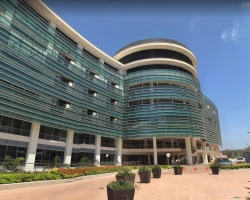
Puerto Colombia, Colombia
Specializations: Cardiac surgery, Vascular surgery, Thoracic surgery, Neurosurgery, Spine surgery, Orthopedic surgery, Oncology
Clínica Portoazul auna is the largest health complex in the North Region of Colombia located in the city of Barranquilla, offering comprehensive medical services to
read more
Prices for popular procedures:

Cartagena, Colombia
Specializations: Cardiac surgery, Vascular surgery, Thoracic surgery, Neurosurgery, Spine surgery, Orthopedic surgery, Oncology
We are a private entity, dedicated to providing comprehensive health services of the highest ethical, scientific and technological quality. Operated by the Fundación Santa Fe
read more
Prices for popular procedures:
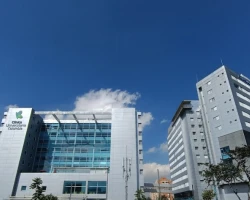
Bogota, Colombia
Specializations: Cardiac surgery, Vascular surgery, Thoracic surgery, Neurosurgery, Spine surgery, Orthopedic surgery, Oncology
Clínica Universitaria Colombia, inaugurated on June 29, 2006, is a High Complexity Institution that is part of Clínica Colsanitas and that provides outpatient and hospital
read more
Prices for popular procedures:
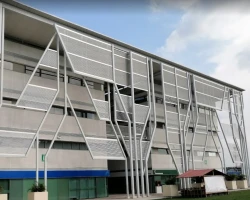
Palmira, Colombia
Specializations: Cardiac surgery, Vascular surgery, Thoracic surgery, Neurosurgery, Spine surgery, Orthopedic surgery, Oncology
In 2017, CHRISTUS SINERGIA Salud was born as an Organization that integrates health services at all stages of care: outpatient, hospital and home hospitalization, seeking
read more
Prices for popular procedures:

Bogota, Colombia
Specializations: Cardiac surgery, Vascular surgery, Thoracic surgery, Neurosurgery, Spine surgery, Orthopedic surgery, Oncology
Clínica del Occidente is an accredited institution of level IV of complexity that has provided health services for 39 years. In addition, it is recognized
read more
Prices for popular procedures:
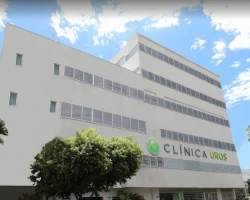
Neiva, Colombia
Specializations: Cardiac surgery, Vascular surgery, Thoracic surgery, Neurosurgery, Spine surgery, Orthopedic surgery, Oncology
Clínica UROS SA is a private company that provides Health Services to the Surcolombian community of Medium and High complexity, at levels (3) and (4),
read more
Prices for popular procedures:
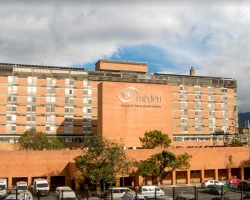
Bogota, Colombia
Specializations: Cardiac surgery, Vascular surgery, Thoracic surgery, Neurosurgery, Spine surgery, Orthopedic surgery, Oncology
Méderi is a University Hospital that has an agreement with the Universidad del Rosario and other university institutions in the country, for which it bases
read more
Prices for popular procedures:
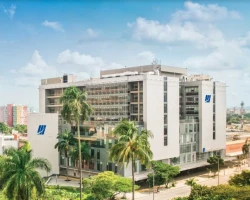
Cali, Colombia
Specializations: Cardiac surgery, Vascular surgery, Thoracic surgery, Neurosurgery, Spine surgery, Orthopedic surgery, Oncology
In the early 1970s, a group of professors from the Universidad del Valle School of Medicine conceived the idea of creating a center for specialists
read more
Clinics grouping by rating
Clinic with the highest rating of 4.3 — Fundación Santa Fe de Bogotá in Bogota, Colombia, clinic with the most reviews number of 1219 — Clínica Universitaria Colombia in Bogota, Colombia.
With rating 4.0 and over — 9 clinics .
Countries with the highest number of clinics treating the diseases:
Heart failure:
worldwide
768 clinics
Brazil
47 clinics
Germany
47 clinics
India
41 clinics
Mexico
35 clinics
Colombia
31 clinics
Related procedures:
Procedures are likely to be used for Heart failure treatment:
Cardiac catheterization,
Cardiac resynchronization therapy with defibrillator (CRT-D),
Cardiac resynchronization therapy with pacemaker (CRT-P),
Change of defibrillator,
and
Coronary catheterization
.
